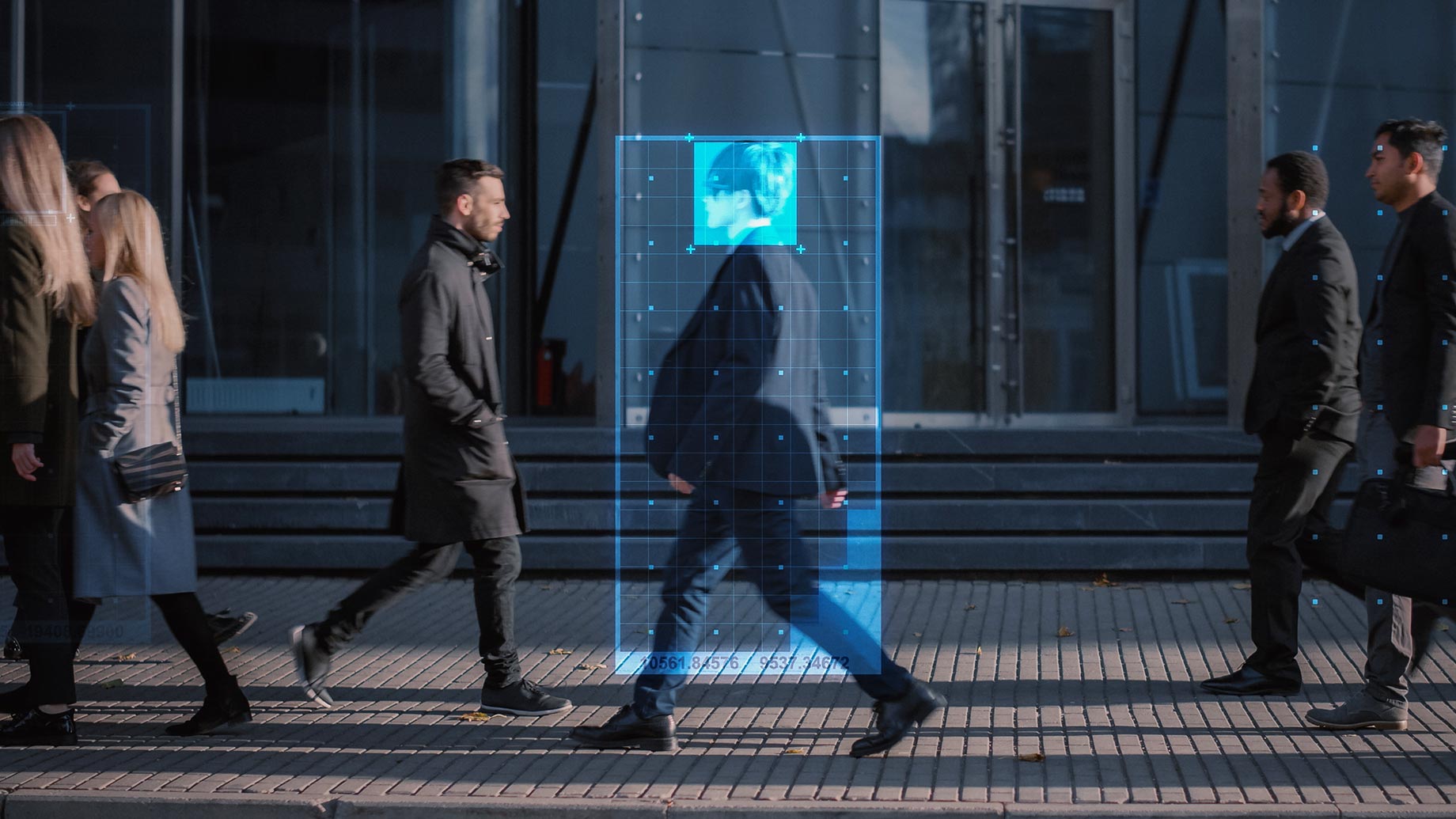
In an era defined by rapid technological evolution and shifting threat landscapes, security demands have transcended conventional boundaries. Generic, one-size-fits-all solutions are increasingly inadequate, failing to address the intricate and nuanced challenges faced by modern organizations and communities. The ability to craft security systems that are both robust and adaptable is no longer a luxury but a necessity. This article explores the imperative of tailoring security measures to meet complex needs, emphasizing the strategic design and implementation of systems that provide comprehensive protection.
Landscape of Complex Security Needs
The security challenges confronting contemporary society are multifaceted, spanning diverse sectors from corporate environments to residential complexes. Technological advancements, while offering enhanced capabilities, also introduce new vulnerabilities. Evolving threats, including cyberattacks and sophisticated physical intrusions, necessitate a shift toward nuanced security protocols. Furthermore, stringent regulatory requirements and the need for data privacy add layers of complexity. For instance, in a city like Chicago, the unique urban environment demands specialized commercial security systems Chicago to address specific regional challenges. The interplay of these factors underscores the need for bespoke security solutions that go beyond standard measures, requiring a thorough understanding of the specific environment’s vulnerabilities.
The Foundation: Comprehensive Security System Design
A robust security system design begins with a meticulous assessment of risks and vulnerabilities. This process involves identifying potential threats, analyzing the likelihood and impact of various scenarios, and modeling potential attack vectors. The integration of various security technologies, such as access control systems, surveillance cameras, and intrusion detection alarms, must be carefully planned to create a cohesive and effective defense. Future-proofing the design through modularity and scalability ensures that the system can adapt to evolving threats and technological advancements. A well-structured approach allows for easy upgrades and maintenance.
Key components of a robust security system design process
| Component | Description |
|---|---|
| Risk Assessment | Identifying potential threats and vulnerabilities. |
| Vulnerability Analysis | Evaluating weaknesses in existing security measures. |
| Threat Modeling | Simulating potential attack scenarios. |
| Technology Integration | Combining various security technologies for comprehensive protection. |
| Scalability and Modularity | Designing for future growth and adaptability. |
| Data Analytics | Utilizing data for proactive threat detection and system optimization. |
| User Interface and Experience | Ensuring ease of use and intuitive system interaction. |
Tailoring Solutions for Multifaceted Environments
Diverse environments present unique security requirements. Corporate offices necessitate systems that protect sensitive data and intellectual property, while industrial facilities require robust perimeter security and monitoring of hazardous materials. Residential complexes, particularly those requiring multifamily security systems, must balance the safety of residents with the convenience of access. Customizing security systems involves adapting technology and protocols to address specific vulnerabilities and operational needs. For example, a high-rise residential building may benefit from integrated access control, video surveillance, and visitor management systems. Scalability and adaptability are paramount, allowing systems to evolve with changing needs. In a multifamily setting, the needs of a wide range of residents must be considered, from elderly residents to young families.
Integrating Advanced Technologies for Enhanced Protection
Modern security systems leverage advanced technologies like artificial intelligence (AI), machine learning (ML), and the Internet of Things (IoT) to enhance protection. AI and ML enable proactive threat detection by analyzing vast amounts of data to identify anomalies and patterns indicative of potential threats. Automated responses and real-time monitoring capabilities enhance security effectiveness. IoT devices provide a network of sensors and cameras that can be integrated into a unified security platform. Data analytics and reporting tools offer valuable insights for optimizing security performance and identifying areas for improvement. For instance, commercial security systems in Chicago utilize these technologies to analyze traffic patterns and identify potential security risks in crowded urban areas.
Implementation, Maintenance, and Continuous Improvement
The successful implementation of tailored security systems requires meticulous planning and execution. Best practices include thorough testing, user training, and phased deployment to minimize disruptions. Regular maintenance, system updates, and performance monitoring are essential for ensuring ongoing effectiveness. Continuous improvement is crucial for adapting to evolving threats and technological advancements. A well-designed system allows for modular upgrades and adjustments. Regular audits and vulnerability assessments help identify potential weaknesses and ensure that the system remains robust. A security system design that allows for modularity and easy updates is crucial to the long-term success of the system.
Conclusion
In an era of ever-evolving threats, the necessity for tailored security solutions cannot be overstated. Addressing complex security needs demands a proactive and adaptable approach, moving beyond generic systems to embrace customized designs that cater to specific environments and challenges. Effective security is not a static state but a dynamic process requiring continuous assessment, adaptation, and improvement. The ability to integrate advanced technologies and maintain robust, scalable systems is paramount. As we navigate the complexities of modern security, the focus must remain on creating systems that are not only effective in the present but also resilient in the face of future uncertainties. The future of security rests on the capacity to innovate and adapt, ensuring that our systems remain a step ahead of emerging threats.